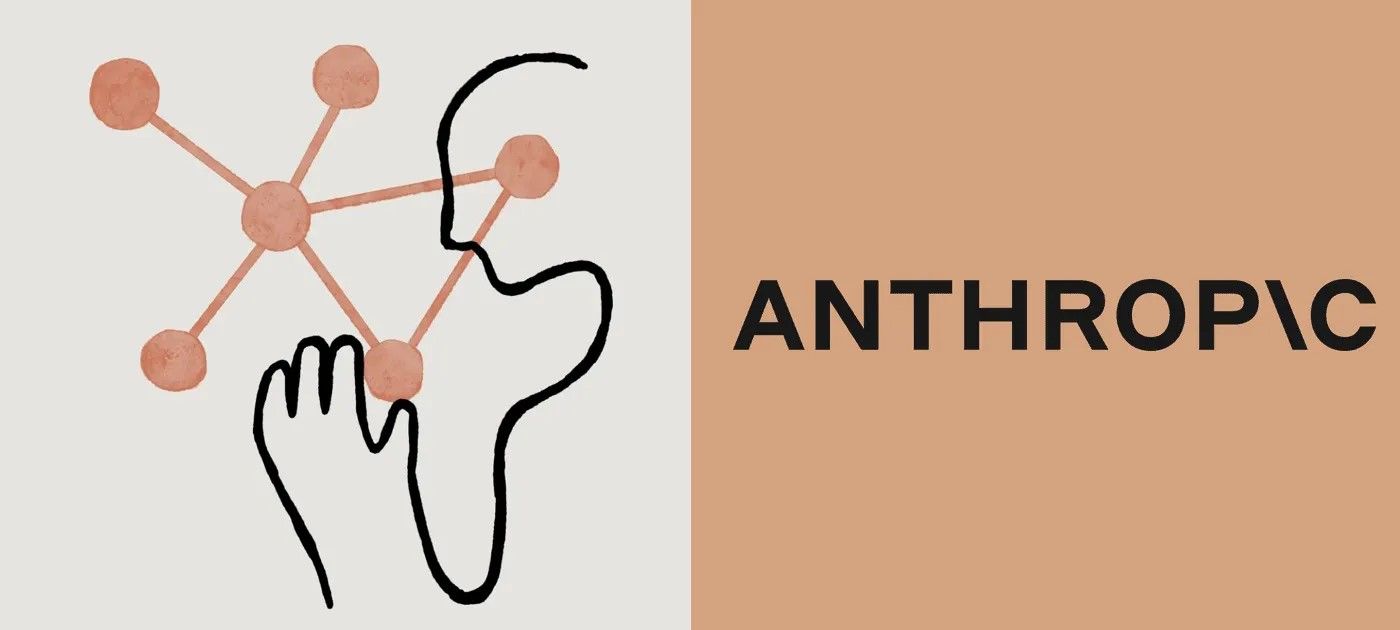Introduction
Claude, Anthropic’s AI model, sets a benchmark for advanced safeguards to ensure safety and reliability. As artificial intelligence becomes increasingly central, understanding how these protections are implemented is crucial for users and organizations.
Context
Anthropic developed Claude to amplify human potential while maintaining strict risk controls. The Safeguards team brings together experts in policy, enforcement, data science, and threat intelligence to build robust systems and prevent misuse.
The Challenge
AI can be misused, causing real-world harm. Key challenges include preventing harmful outputs, managing sophisticated attacks, and protecting sensitive sectors such as healthcare, finance, and elections.
Solution / Approach
Anthropic uses a multilayered approach:
- Policy development: Clear usage rules, tested with external experts and regularly updated.
- Targeted training: Collaboration with specialists to refine Claude’s responses on sensitive topics.
- Rigorous testing: Safety, risk, and bias evaluations before each model release.
- Real-time monitoring: Automated systems and human review to detect and block misuse.
- Advanced analysis: Insights and threat intelligence tools to identify attack patterns and improve defenses.
FAQ
How are Claude’s safeguards updated?
Safeguards are regularly reviewed through testing, expert feedback, and partnerships with external organizations.
What risks remain?
Despite controls, residual risks exist from new attack types or unforeseen uses of AI.
How is sensitive data managed?
Claude uses advanced privacy measures and continuously monitors usage to prevent abuse.
Conclusion
Anthropic’s Claude shows that AI safety requires ongoing, multilayered commitment. Safeguards evolve alongside threats, offering users a reliable model aware of its limitations. Collaboration among companies, experts, and civil society remains essential for a secure AI future.
